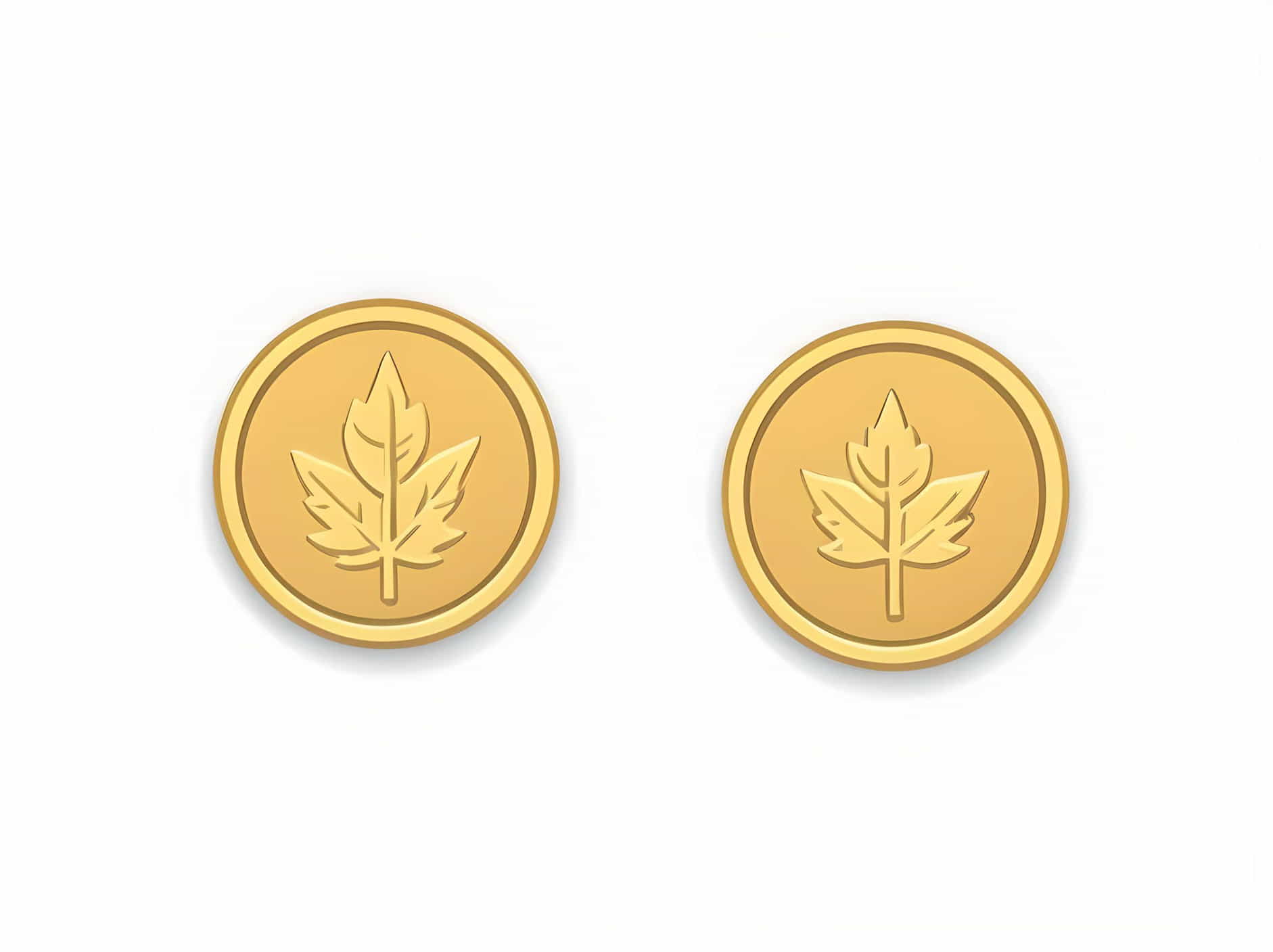
Understanding the difference between circulated and uncirculated coins is essential for both numismatists and everyday collectors. Whether you’re a novice or a seasoned collector, distinguishing between these two conditions can significantly impact a coin’s value, rarity, and desirability in the market. This article explores the nuances between circulated and uncirculated coins, their characteristics, factors influencing their condition, and their appeal to collectors.
Circulated Coins: A History of Use
Circulated coins are those that have been used in everyday transactions and have passed through numerous hands. They show varying degrees of wear and tear, depending on their time in circulation and how they were handled. Key characteristics of circulated coins include:
-
Wear Patterns: Circulated coins typically exhibit visible wear, scratches, and smoothing on high points due to friction from circulation.
-
Surface Condition: The surface of a circulated coin may appear duller or less lustrous compared to its uncirculated counterpart, often due to natural oxidation and handling.
-
Visible Details: Fine details, such as the design elements and inscriptions, may appear less sharp or distinct compared to when the coin was first minted.
-
Grading: Circulated coins are graded on a scale that ranges from Poor (PO-1) to About Uncirculated (AU-58), with each grade reflecting the extent of wear and remaining detail.
Uncirculated Coins: Pristine Condition
Uncirculated coins, on the other hand, are coins that have never been used in commerce and have not been subjected to the wear and tear of circulation. These coins are typically:
-
Mint State: Uncirculated coins are often referred to as Mint State (MS) coins, indicating that they retain their original luster and mint condition.
-
Sharp Details: They feature sharp, well-defined details and full mint luster, showcasing the coin’s design as intended by the mint.
-
Protection: Uncirculated coins are usually stored and handled with care to preserve their pristine condition and avoid any damage or contamination.
-
Grading: Uncirculated coins are graded on a numerical scale from MS-60 (least desirable) to MS-70 (perfect condition), with higher grades indicating superior preservation of original mint characteristics.
Factors Influencing Value
Rarity and Demand
-
Circulation History: The scarcity of circulated coins can vary depending on how widely they were used and how many survived in collectible condition.
-
Collector Interest: Some circulated coins, especially those with historical significance or limited mintage, can still hold considerable value and appeal to collectors.
Condition and Preservation
-
Numismatic Value: Uncirculated coins are generally more valuable than their circulated counterparts due to their pristine condition and appeal to collectors seeking high-quality specimens.
-
Grading Standards: The grading process plays a crucial role in determining the value of both circulated and uncirculated coins, as it assesses their condition and preservation objectively.
Collecting and Investing Considerations
Collector Preferences
-
Preference for Type: Some collectors prefer circulated coins for their historical context and character, while others prioritize uncirculated coins for their pristine condition and potential for appreciation.
-
Investment Potential: Uncirculated coins are often considered more suitable for long-term investment due to their potential to appreciate in value, especially if they are rare or in high demand.
Market Trends
- Market Dynamics: The value of circulated and uncirculated coins can fluctuate based on collector trends, market demand, and economic factors influencing the numismatic market.
In conclusion, the distinction between circulated and uncirculated coins lies not only in their physical condition but also in their appeal to collectors and investors. Circulated coins reflect a history of use and wear, while uncirculated coins preserve the mint-fresh quality and original luster intended by the mint. Understanding these differences is crucial for anyone interested in coin collecting or investing, as it informs decisions regarding acquisition, valuation, and preservation strategies. Whether you prefer the charm of circulated coins or the pristine appeal of uncirculated specimens, both types offer unique insights into the history, artistry, and monetary significance encapsulated within each coin’s design and condition.